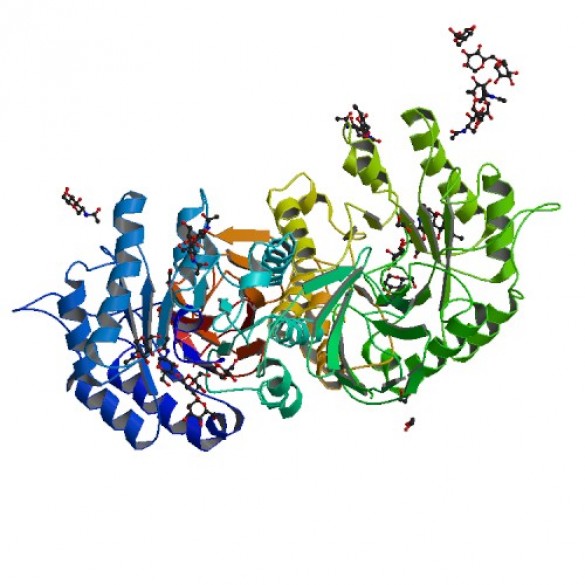
Fabry disease is a rare genetic disorder that affects the body's ability to break down a specific type of fat. This disorder is caused by mutations in the GLA gene, leading to a deficiency of an enzyme called alpha-galactosidase A (α-GAL A). As a result, certain fatty substances accumulate in various organs and tissues throughout the body, causing a range of symptoms and complications.
Symptoms of Fabry Disease
Early Signs and Symptoms
1. Skin Manifestations: One of the earliest signs of Fabry disease is the appearance of skin lesions, known as angiokeratomas. These are small, dark red spots that typically develop on the lower abdomen, buttocks, thighs, and groin area.
2. Pain and Burning Sensation: Individuals with Fabry disease often experience pain and burning sensations, particularly in the hands and feet. This pain, known as acroparesthesia, can be triggered or exacerbated by factors such as exercise, stress, or changes in temperature.
3. Gastrointestinal Symptoms: Some individuals may experience gastrointestinal symptoms, including abdominal pain, diarrhea, and nausea. These symptoms can vary in severity and may interfere with daily activities.
4. Heat Intolerance: Heat intolerance is common among individuals with Fabry disease. They may have difficulty tolerating hot weather or hot baths and showers, which can exacerbate symptoms such as pain and fatigue.
Progressive Symptoms
1. Organ Involvement: Over time, the accumulation of fatty substances can damage various organs and tissues in the body, including the kidneys, heart, brain, and nervous system. This can lead to serious complications such as kidney failure, heart disease, stroke, and neurological problems.
2. Kidney Complications: Kidney involvement is a significant concern in Fabry disease, as it can progress to kidney failure. Early signs of kidney involvement may include proteinuria (protein in the urine) and reduced kidney function.
3. Heart Disease: Fabry disease can cause progressive heart disease, including cardiomyopathy (enlargement of the heart) and arrhythmias (irregular heartbeats). These heart-related complications can significantly impact quality of life and may be life-threatening if left untreated.
Methods of Prevention and Management
Enzyme Replacement Therapy (ERT)
1. Enzyme Replacement Therapy (ERT): ERT is a standard treatment for Fabry disease aimed at replacing the deficient alpha-galactosidase A enzyme. By administering synthetic versions of this enzyme intravenously, ERT can help reduce the buildup of fatty substances in the body and alleviate symptoms.
Lifestyle Modifications
1. Healthy Diet: Adopting a healthy diet low in saturated fats and cholesterol can help manage symptoms and reduce the risk of cardiovascular complications associated with Fabry disease.
2. Avoidance of Triggers: Individuals with Fabry disease should avoid factors that can exacerbate symptoms, such as extreme temperatures, physical exertion, and stress.
3. Regular Medical Monitoring: Regular medical monitoring is essential for individuals with Fabry disease to assess disease progression, monitor organ function, and adjust treatment as needed.
Fabry disease is a rare genetic disorder characterized by the accumulation of fatty substances in various organs and tissues, leading to a range of symptoms and complications. Early recognition of symptoms is crucial for timely diagnosis and initiation of treatment. Enzyme replacement therapy, along with lifestyle modifications and regular medical monitoring, plays a key role in managing Fabry disease and improving outcomes for affected individuals.
Kia Sonet achieved this milestone, sold 4 lakh vehicles in less than four years
New update in Tesla's Cybertruck, many new features included